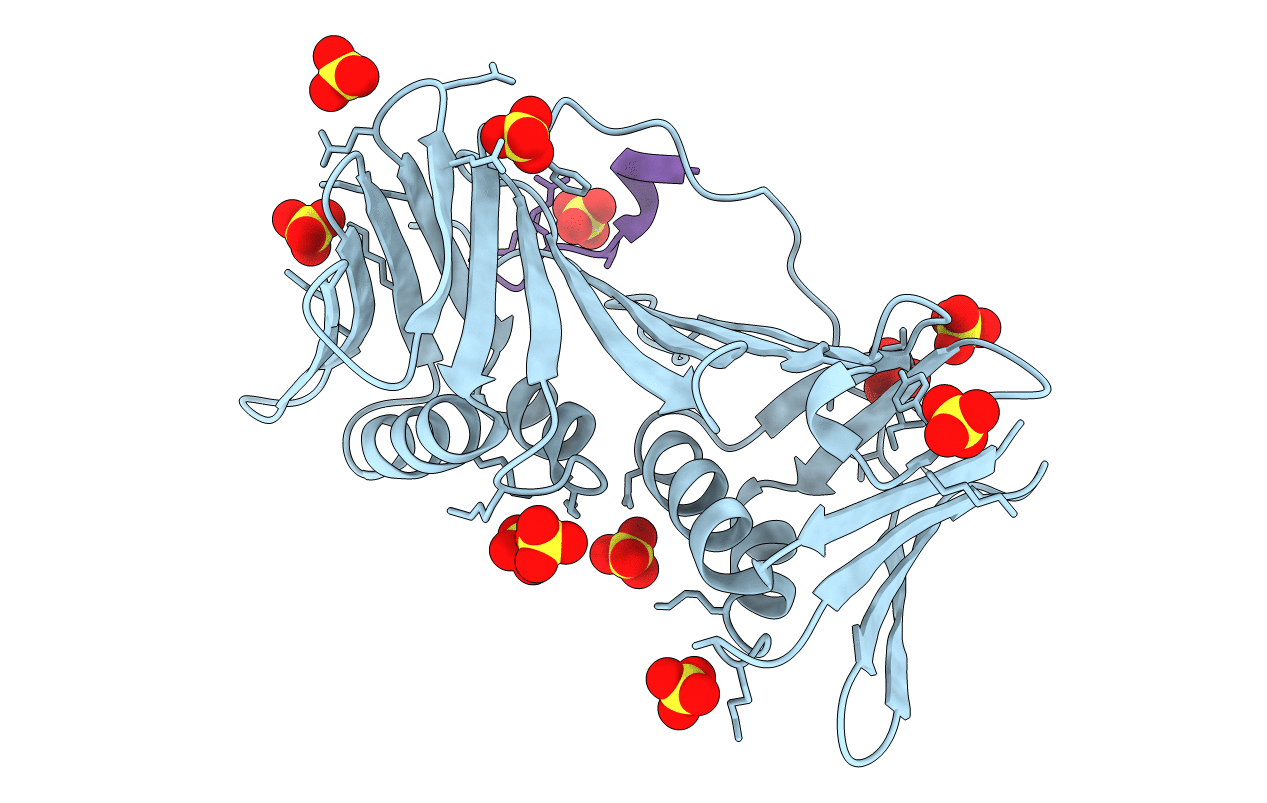
Deposition Date
2015-08-20
Release Date
2016-05-11
Last Version Date
2023-09-27
Entry Detail
PDB ID:
5DAI
Keywords:
Title:
Proliferating cell nuclear antigen homolog 1 bound to FEN-1 peptide
Biological Source:
Source Organism:
Host Organism:
Method Details:
Experimental Method:
Resolution:
2.00 Å
R-Value Free:
0.22
R-Value Work:
0.18
R-Value Observed:
0.18
Space Group:
H 3


